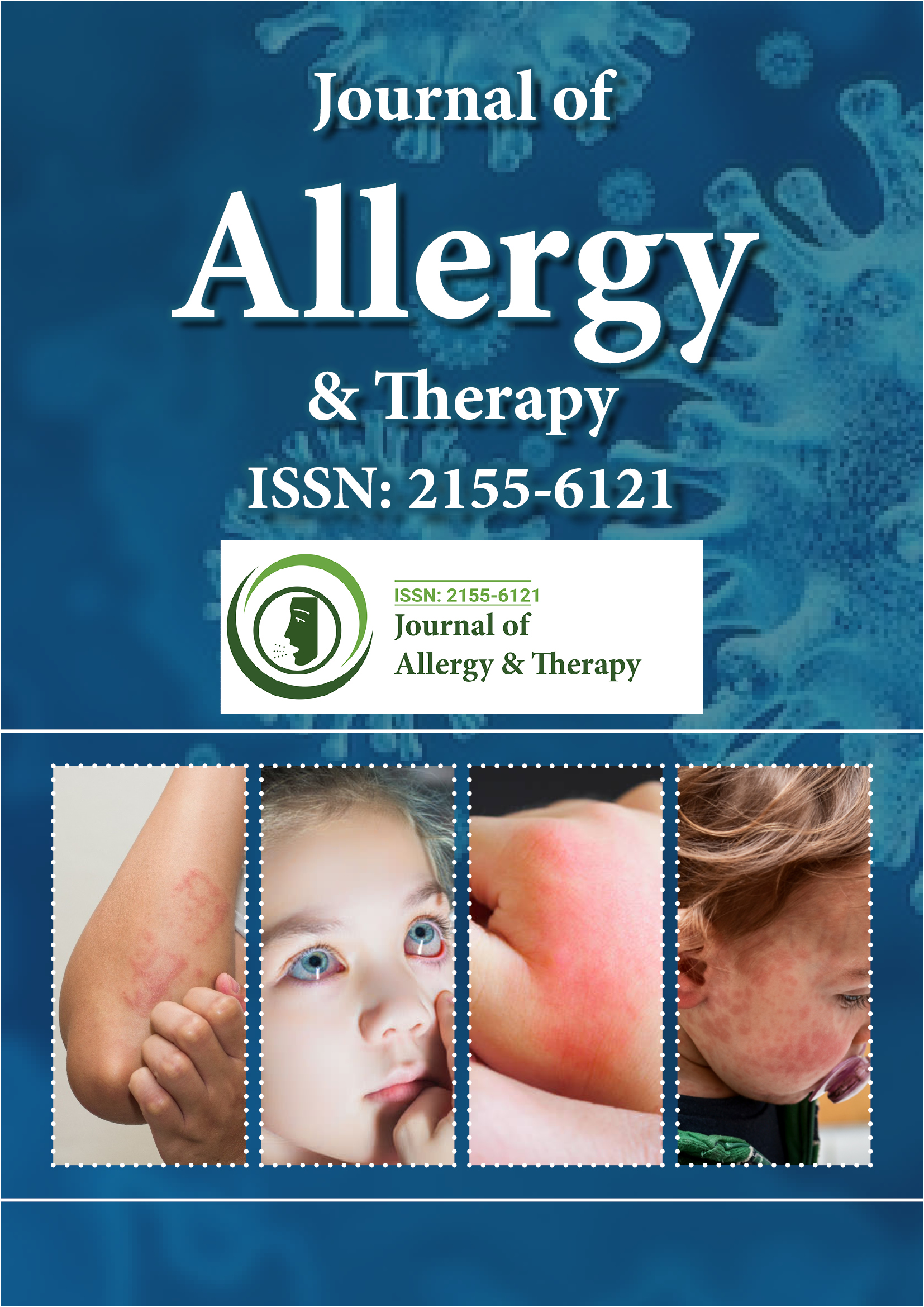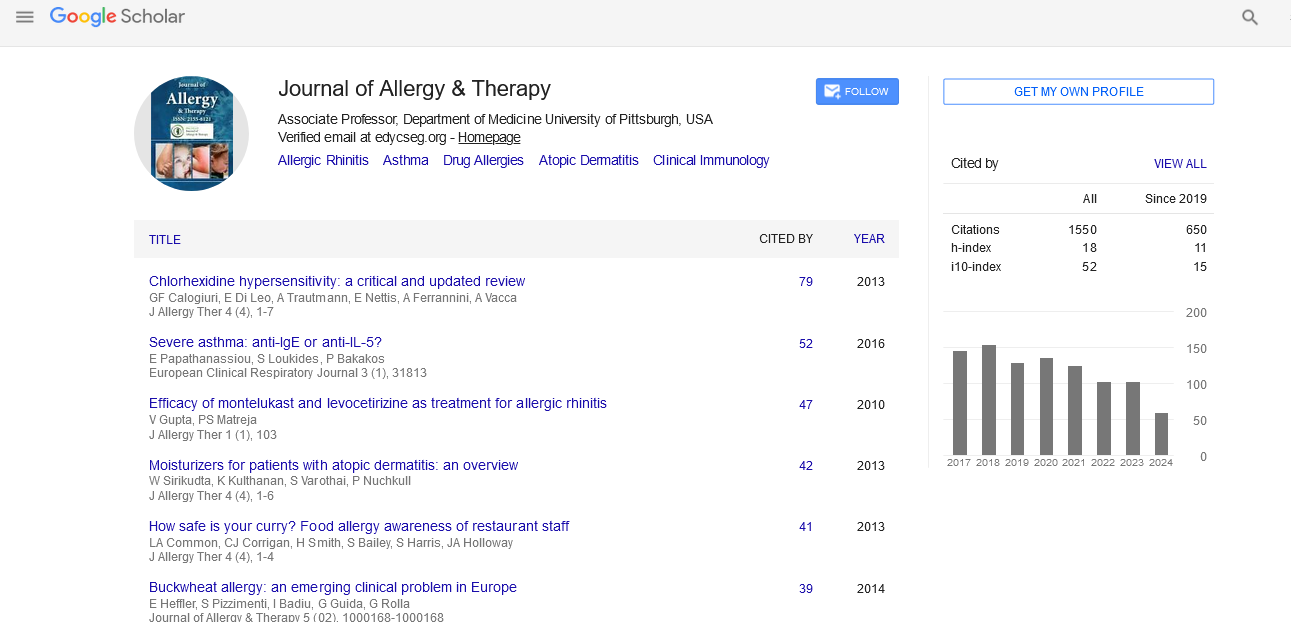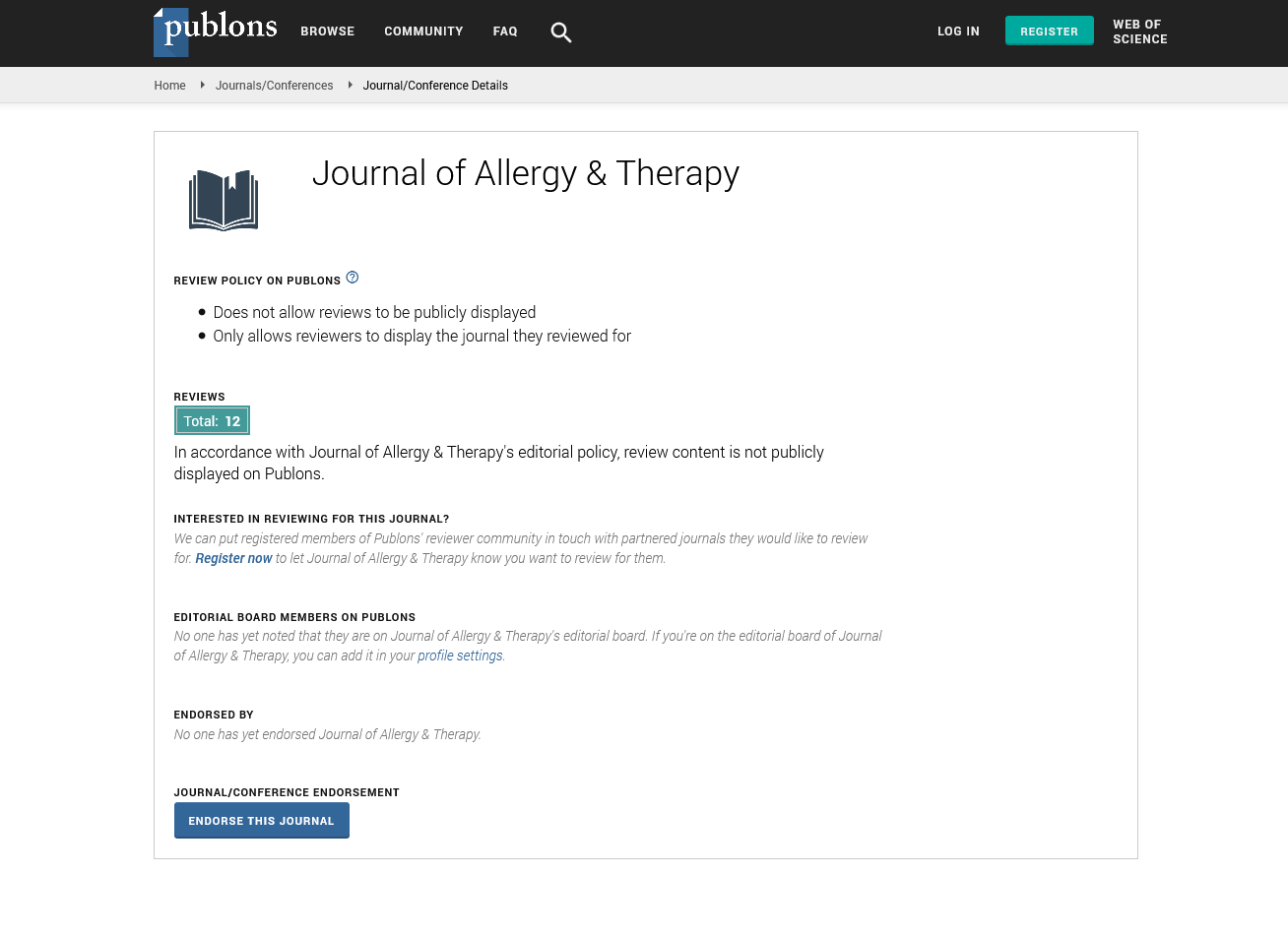PMC/PubMed Indexed Articles
Indexed In
- Academic Journals Database
- Open J Gate
- Genamics JournalSeek
- Academic Keys
- JournalTOCs
- China National Knowledge Infrastructure (CNKI)
- Ulrich's Periodicals Directory
- Electronic Journals Library
- RefSeek
- Hamdard University
- EBSCO A-Z
- OCLC- WorldCat
- SWB online catalog
- Virtual Library of Biology (vifabio)
- Publons
- Geneva Foundation for Medical Education and Research
- Euro Pub
- Google Scholar
Useful Links
Share This Page
Journal Flyer

Open Access Journals
- Agri and Aquaculture
- Biochemistry
- Bioinformatics & Systems Biology
- Business & Management
- Chemistry
- Clinical Sciences
- Engineering
- Food & Nutrition
- General Science
- Genetics & Molecular Biology
- Immunology & Microbiology
- Medical Sciences
- Neuroscience & Psychology
- Nursing & Health Care
- Pharmaceutical Sciences
Direct evidence of viral infection and mitochondrial alterations in the brain of fetuses at high risk for schizophrenia
7th International Conference on Allergy, Asthma and Clinical Immunology
September 14-15, 2016 Amsterdam, Netherlands
Segundo Mesa Castillo
Psychiatric Hospital of Havana, Cuba
Posters & Accepted Abstracts: J Allergy Ther
Abstract:
The neurodevelopmental theory in the aetiology of schizophrenia is considered one of the most consistent at present. Evidence from epidemiological and neuropathological studies indicates that the pathogenic process that culminate in the development of schizophrenia are initiated early in life and has been associated with a variety of prenatal environmental insults to the developing brain, including infection. Although the infectious agents have been proposed as one of the risk factors for schizophrenia the data on the association of a specific infectious agent with prenatal brain evidence is absent. Understanding of the structural abnormalities would allow a better identification of neurodevelopmental processes that contribute to risk for schizophrenia. We have hypothesized that at ultra high-risk fetuses would have alterations at cellular level that would let us differentiate them to the comparison subjects. A reappraisal of our ultra structural studies carried out in samples of the left temporal lobe of fetuses at ultra high risk of developing schizophrenia is presented. The findings obtained are compatible with an active infection of the central nervous system by herpes simplex hominis type-1 [HSV1] virus. The present results are the first direct evidence that demonstrate the presence of this virus in the central nervous system of fetuses from schizophrenic mothers in the critical period of fetal development. The importance of this finding can have practical applications in the prevention of the illness keeping in mind its direct relation to the aetiology and physiopathology of schizophrenia.
Biography :
Email: segundo@infomed.sld.cu


